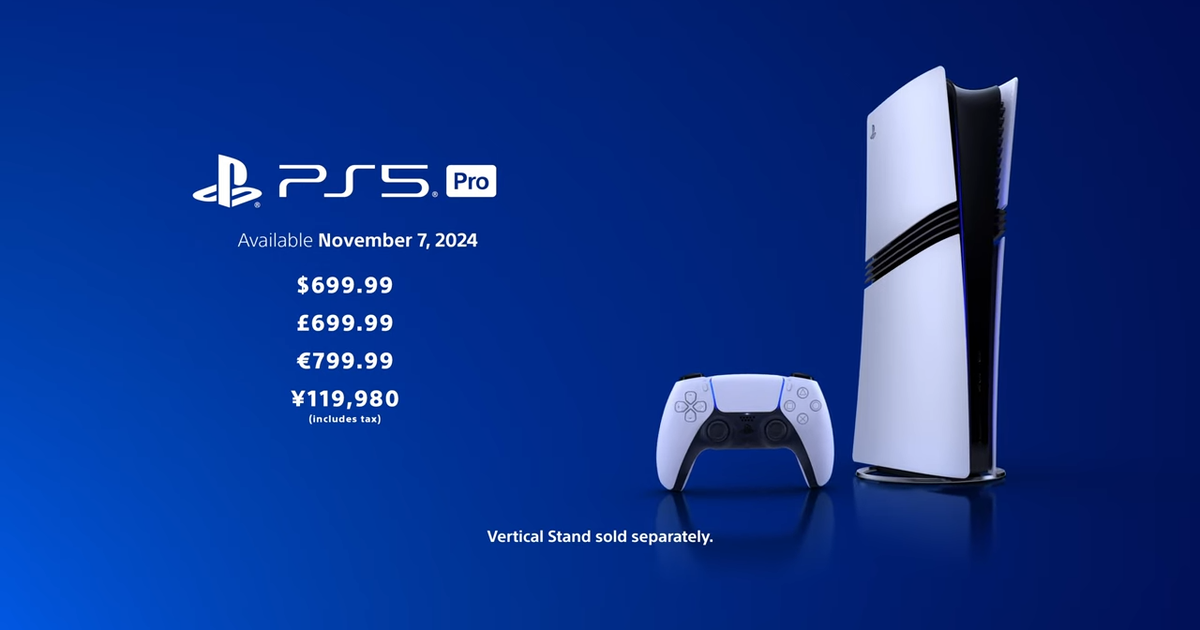There’s bad timing, and there’s your former company president going on a podcast and telling game developers – caught up in the worst period of mass layoffs in the history of video games – to go “drive an Uber or whatever,” the very same day you announce a £700 console in the middle of a cost of living crisis.
Spectacular! If nothing else, Sony’s PS5 Pro reveal has at least provided a nice reminder of the console wars’ popcorn-selling halcyon days. All this just as it looked like Sony was finishing off this console war business for good, as well. Just as it was burying that ugly Concord business with a jubilant Astro Bot launch, just as Xbox was releasing its biggest games on PlayStation and its biggest rival appeared to be fully, properly out of any serious running for the first console you’d buy in the next generation, we get an all-timer of a self-own. An exorbitant piece of hardware that comes with fewer capabilities out of the box (playing the physical video games you bought for it; standing up) than the one that cost half as much four years ago. The hare is taking a nap, and the tortoise has been hard at work on another one of those timeline graphics with a black background and several upcoming video game logos on it which are all definitely releasing next year. We’re back!
It’s worth taking a moment to talk about just how shocking a £700 (€800) mid-cycle console refresh is, though. The conversation really begins and ends with the price, it’s the headline-grabber, and it is truly shocking. The only real counter arguments offered up here are that other consoles have technically cost this much before, and that the price is to be expected given inflation – even big Geoff Keighley’s weighing in with some handy stats. On the former: it’s worth noting the other consoles given (perhaps knowingly) as examples include the Neo Geo, the Panasonic 3DO and the Phillips CD-i, three machines that launched in another century and accrued combined sales of less than 5 million worldwide. Another, in real terms, is the launch price of the PS3. (The “get a second job” vibes returning just as we get “drive an Uber or whatever” and “go to the beach for a year” is really quite special.)
But on that latter point: people often misunderstand inflation. Sure, it reflects the cost of goods and services at the time, but not that cost in relation to the average salary. As in, how expensive something feels to the average person. Between the release of the PS4 Pro in 2016, and the PS5 Pro here in 2024, prices have gone up several percent faster than the average person’s earnings here in the UK. That means if the PS5 Pro cost as much in real terms as the PS4 Pro would now, it’d already feel harder to buy for the average worker than it did in 2016. But it also costs about 50 percent more than an inflation-adjusted PS4 Pro would (£699, to about £464).
The unfortunate truth is that hardware components have shot up in price since the pandemic, and so this would always cost Sony more to make – Rich Leadbetter has an excellent explanation for this in his Digital Foundry piece on the PS5 Pro reveal – but in this case, that cost is very much being passed on to you. In simple terms: it is just very expensive. (And, I promise this is the last time I’ll mention this: those prices don’t include a £100 disc drive or a £25 stand.)
Looking beyond the price – as difficult as that is – the other problems here are more philosophical. For one, a console built around the notion that more pixels, more frames, or more teraflops is better is already beginning to seem a tad outdated. It is, in a way, quite a last-gen idea of what video games are about. The games that actually make the most of all these lovely flops are the ones at the heart of the industry’s struggles over the past few years: big, five- or seven-year-long development ventures costing hundreds of millions, aiming for the live service golden goose or the GTA-level zeitgeist.
People will point at Concord, but the more accurate examples are probably games in the tier of Suicide Squad: Kill the Justice League, or Sony’s own Horizon: Forbidden West or Marvel’s Spider-Man 2 – games where exceptional sales are required to make back a return on investment, and those sales targets aren’t always met. We’ve heard it time and again from developers and publishers of all kinds in recent months: we need growth; we need more players; we can’t go on making games that cost this much.
The last possible justification for this kind of console is both the one most likely to be the real reason for its existence and, depending on your sensibilities, the most damning at the same time. This thing is made for whales. As former Blizzard boss Mike Ybarra – ever unafraid to defend an unpopular executive decision – put it on X: “Pro models, or any in-generation upgrade, [are] about existing users upgrading. So when teams evaluate the cost – they don’t want to lose money on each console as that puts pressure on other parts of the business.”
More simply: it can’t be a loss-leader, because this is about getting the maximum amount of money out of people who were always going to buy it anyway. Call it price selection or whale-hunting, it’s there for people who would buy a PS5 Pro if it offered a 6 percent increase in power for £2,000, let alone a promised 45 percent for a mere £700. The notion of consoles-as-phones, with new hardware releasing more often and with more, increasingly credit-based mechanisms for people to buy them, has been around for a generation now. The unexpected twist here is that it seems to be coming in the form of ultra-expensive new models that only provide value for those purely interested in having the latest thing.
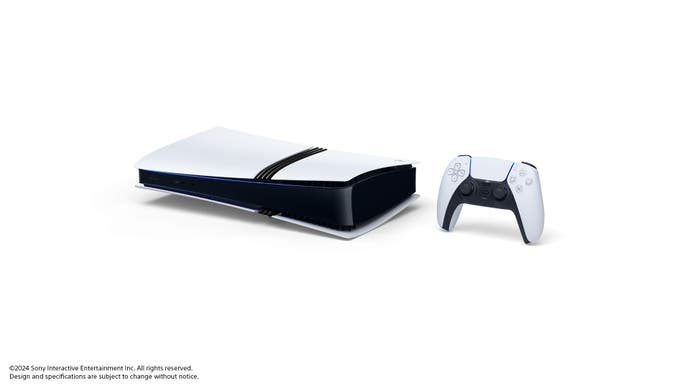
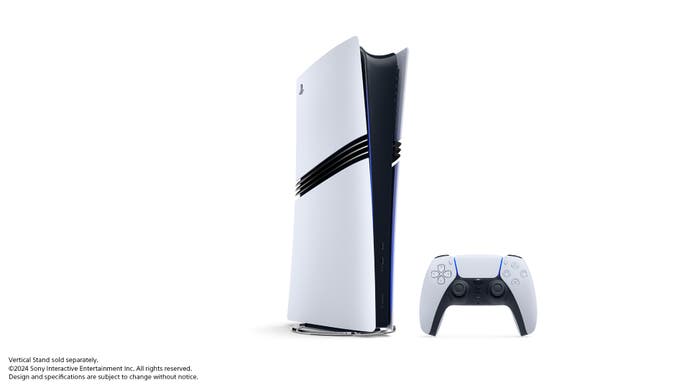
The problem isn’t the decision-making of so-called whales – their money, and all that – but the knock-on effects. It’s the effect of your games – including PS5-remastered versions of PS4 games already, like The Last of Us Part 2, no less! – suddenly no longer feeling like the best possible versions of themselves. The gradually rising urge to upgrade, amongst more everyday users – an urge that, until all this talk of Pro versions started, probably didn’t exist.
This is the insidious bit, and one that’s perhaps the most uncomfortable to reckon with in a hobby like gaming, where cutting-edge hardware remains such a central part of the discussion, a part of the joy itself. Admiring engineering and technical craft is a totally legitimate hobby, truly – I just spent my morning cooing over new colour variants for the Analogue Pocket I already own; I’m no model of self-restraint! But even video games themselves have diversified wildly from the hi-fidelity norm, and increasingly that fidelity is entirely detached from the actual fun. As one 2018 study seemed to show, a game’s performance – measured in image quality, frame rate, smoothness, controller responsiveness, and room environment – offered “no obvious correlation” to the amount of enjoyment players have.
At the same time, hardware upgrades have outsized impacts on the climate and environment, be that through the blunt emissions numbers of their manufacturing and distribution, or more opaque issues like console manufacturers’ ongoing reliance on conflict minerals. If you feel a responsibility to choose what food you eat, what car you drive, or what clothes you wear based on environmental impact, so you ought to as well when choosing whether or not to buy a brand new console for the sake of a difference in pixels only discernible from within the exact viewing range of 4 and 6.5 feet from a 50 inch 4K screen.
That may seem trite, or a little unfair to only bring up now – what about other mid-generation console upgrades, new graphics cards, new monitors, the Switch OLED or, depending on what it is, even the new one to be announced? – to which the answer, really, is: exactly. We should probably be having a think about whether we need those things too. It’s tough to bring up real-world issues in a medium that’s still mostly interested in escapism, but we’re entering the age of the clued-up, socially conscious consumer (who is also probably a bit tight for cash right now). These things will only matter more as time goes by.
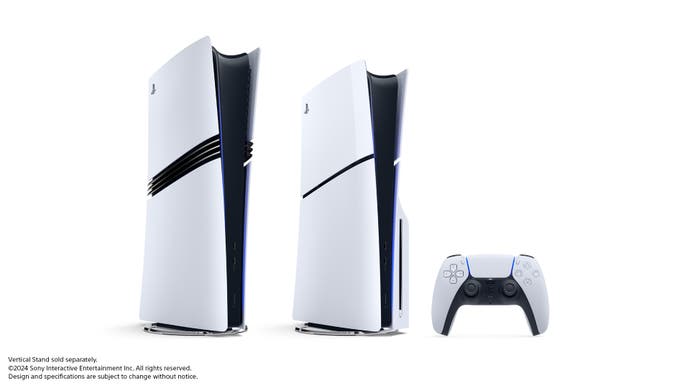
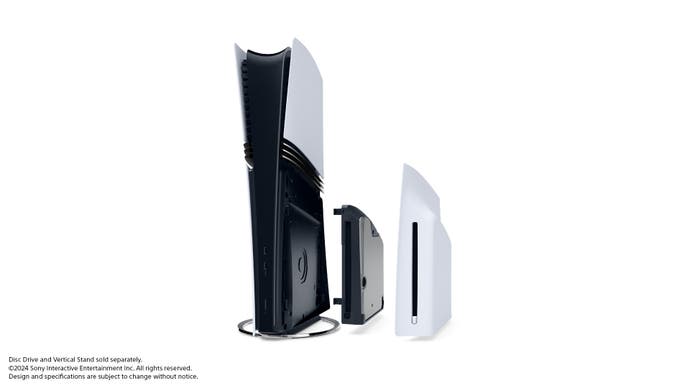
There may well be some more tangible in-game benefits that arise when we actually get our hands on it, of course, but right now, the one, true knock-on effect of a £700 piece of kit that promises to make distant background crowds slightly sharper is that it throws into doubt the entire notion of “pro” consoles altogether.
Mark Cerny claims “the dreams of the developers” he spoke to are “bigger than can be supported at 60 frames per second.” But the developers out there making the most interesting things, that actually push the medium forward, are focused on much more interesting problems – like how to open a door. We’ve been getting diminishing returns from new hardware for some time now, but at least the base consoles of this generation offered a glimpse of something new, with their rapid SSDs.
Ratchet and Clank: Rift Apart, cited in the PS5 Pro presentation as a game that might benefit from those souped up details and higher frame rates, feels like a wonderful case of missing the point: this game’s magic lies in its instant blinking between worlds, not the sharpness of a crowd member’s fingernails – something actually new that new hardware enabled, not with power but invention, the same way the Wii made bowling cool again, the Switch revived local multiplayer, and the Playdate let you do stuff with a crank.
A final notion that’s been doing rounds is that “nobody is forcing you to buy it”. Thank goodness! But also: given almost nobody can afford it, almost no sensible person is going to buy it, it doesn’t seem to solve any genuinely interesting problems for developers, it doesn’t expand the audience for an ailing industry bleeding talent, and buying it brings yet more plastic, tin, tungsten, and carbon into the world, I’d throw the same point back to Sony, and indeed Xbox if it has plans to announce something similar. Nobody’s forcing you to make it!
On paper, it would’ve been nice to have a proper, true PS5 Slim instead, that comes with a more significant size reduction – and a reduction in price that brings it to more people, at least going some way towards solving one problem. But it might also be nice, in fact, if we could call a moratorium on these “Pro” model consoles altogether, across every platform holder, and save the upgrade for the proper game-changers when we really need them.

